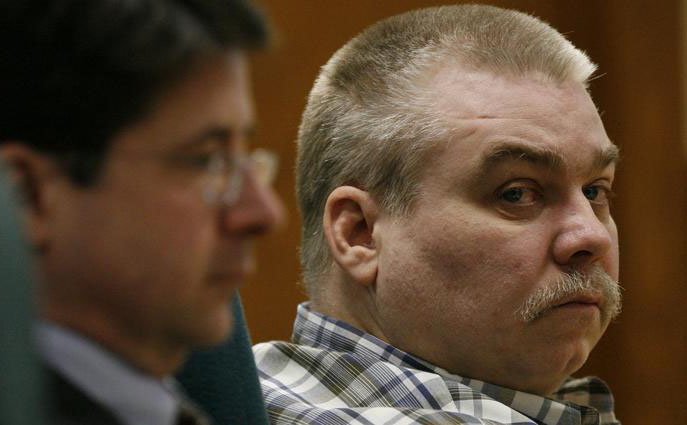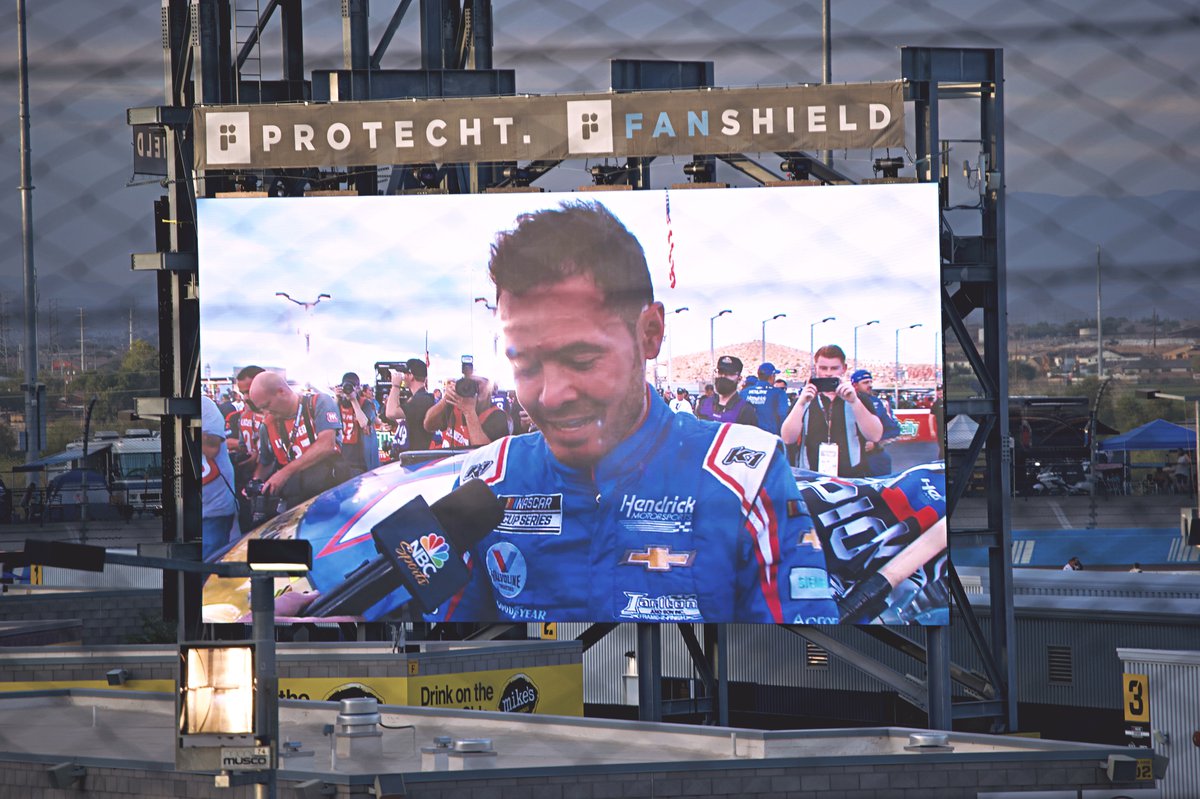Making a Murderer kills it

When Making a Murderer first arrived on Netflix in late 2015, it caused a maelstrom of unrest, excitement, hate, and righteous fury among those who’d watched it. The non-fictional documentary series depicted the horrific miscarriage of justice that two men, Steven Avery and Brendan Dassey, had to endure thanks to the negligence and corruption of those in positions of power. These men were falsely convicted for the murder of Teresa Halbach, according to the documentary.
In my mind, part one is near perfect. The filmmakers, Laura Ricciardi and Moira Demos were avid followers of the case since 2005—even before the actual conviction in 2007—while still in film school. Part one takes the viewer through all the events of Avery and Dassey’s trials and gives you an insight into the United States justice system. The directing, editing, music and cinematography are exceptional. It stops in mid-2015, with a concluding episode that didn’t anticipate another season.
But thanks to the aforementioned righteous fury, a lot of real-life events after 2015 made another season possible. It updates the viewer on the most important developments that have happened since 2015.
Part two introduces us to one critical new person, who we follow for the majority of the season: Kathleen Zellner, an amazing lawyer who started work on Steven’s case after she saw part one of Making a Murderer on Netflix. She’s charismatic, incredibly sharp, and I was captivated for every second she was on screen. Zellner manages to make discoveries about the Avery case in 2017 that will astound you and make you look back on part one differently. In some ways, she’s the protagonist in this season.
Other important people to note are Laura Nirider and Steven Drizin. They fight for Brendan’s release by arguing that the confession he gave was coerced by the police officers interrogating him. Their battle with the state courts and eventually the federal courts is moving, heartbreaking and impactful. They have some of the best scenes in part two.
In part two, you can also see the real-life impact that part one had on its viewers and on society. It shows you the good parts—the love and support for the families of these men—as well as the ugly ones—the hate directed towards people like Kenneth Kratz (the prosecutor in both cases), whose mistakes are intricately documented in the series. In some ways, this series did have a negative impact, there’s no denying that. But the positive impact that it had—generating awareness for a pressing problem with our justice system—outweighs it.
However, it’s definitely not perfect, and it’s not as good as part one. The first part felt more authentic and raw. In some places in part two, I felt like I was watching an episode of the Mythbusters or a fictional detective show, rather than a proper documentary. For many people, that might actually be a good thing, but for me, the added “entertainment” value felt like a negative.
It also has an issue with pacing. I feel like the filmmakers wanted to drag this out to ten episodes when they didn’t have quite enough material for it. There are a lot of scenes that focus solely on the health and well-being of Avery’s parents, which, while heartbreaking, does detract from the main “plot.” Cuts of Dassey’s confession tape are excessively shown over and over, and it gets irritating after a while. I believe they could’ve reduced part two down to about seven or eight episodes rather than 10. The conclusion is also a bit too open-ended. It doesn’t feel complete—which is probably a strong indication that a part three will come along in the future. But as it stands now, it simply left me hanging. It didn’t leave me in a state of quiet, melancholic pondering like part one’s ending did.
With all that said though, it’s still a great part to an amazing show. It’s heavy, dramatic, and genuinely horrifying. It shows, in graphic detail, how hard it is for an innocent man to be freed after a conviction. It tells you about the failures of the justice system and explains how they came about. It’s one of the most brutal, depressing things I’ve ever watched.
But that’s exactly why you need to watch it. It’s genuinely educational. Even though many of the aspects of the case deal with Wisconsin-specific laws, you learn a lot about how the American justice system works. For that alone, I think part two has a good reason to justify its existence.
It’s a faithful continuation of the real-life horror story, one that’ll scare, intrigue, fascinate but ultimately depress you.
Rating: 4/5

 Opinion
Opinion